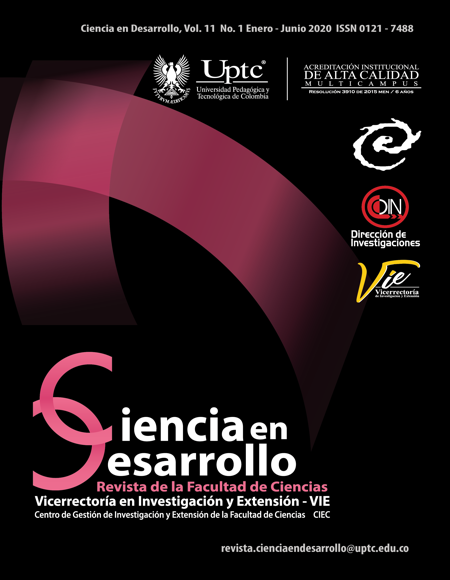Study of quantum correlations of qubits in remote cavities: biphotonic vs uniphotonic processes in each cavity

Abstract
The aim of this work is to study the quantum correlations, entanglement and discord, of two qubits, each one located in its respective cavity, which interact with a common reservoir. Each qubit interacts with its own respective cavity through the emission/absorption of two correlated photons (bi-photon). Initially, the atoms are considered in a type of Bell-diagonal state and the cavities in the empty state. The evolution of the correlations is calculated and, for the model with biphotonic interactions without losses of photons through the cavity, the freezing effect of the correlations is found. When there are uniphotonic or biphotonic losses toward the reservoir, a decay of the correlations is evidenced. It is observed that qubits are entanglement over a longer period of time when biphotonic interactions and losses are considered.
Keywords
Quantum correlations, Bi-photon, Qubit, Entanglement, Quantum discord
References
[1] A. Acín, R. Gill, N. Gisin, “Optimal Bell Tests Do Not Require Maximally Entangled States”, Phys. Rev. Lett, vol. 95, 210402, 2005.
[2] V. Eremeev, V. Montenegro, M. Orszag, “Thermally generated long-lived quantum correlations for two atoms trapped in fiber-coupled cavities”, Phys. Rev. A, vol. 85, 032315, 2012.
[3] V. Eremeev, N. Ciobanu, M. Orszag “Thermal effects on sudden changes and freezing of correlations between remote atoms in a cavity quantum electrodynamics network”, Opt. Lett. vol. 39, pp. 2668-2671, 2014.
[4] L. Garbe, I. L. Egusquiza, E. Solano, C. Ciuti, T. Coudreau, P. Milman, S. Felicetti, “Superradiant phase transition in the ultrastrongcoupling regime of the two-photon Dicke model”, Phys. Rev. A, vol. 95, 053854, 2017.
[5] S. Whalen, “Photon correlation functions and photon blockade in two-mode cavity QED”, Trabajo de grado para optar el grado de Megister en Ciencias Físicas. Nueva Zelanda. University of Auckland. Faculty of Science, Department of Physics, 2008.
[6] M. Shi, F. Jiang, C. Sun, J. Du, “Geometric picture of quantum discord for two-qubit quantum states”, New Journal of Physics, vol. 13, 073016, 2011.
[7] S. Hill, W. Wootters, “Entanglement of a pair of quantum bits”, Phy. Rev. Lett., vol. 78, pp. 5022-5025, 1997.
[8] W. Wootters, “Entanglement of formation of an arbitrary state of two qubits”, Phy. Rev. Lett. vol. 80, pp. 2245-2248, 1998.
[9] H. Ollivier, W. H. Zurek, “Quantum Discord: A Measure of the Quantumness of Correlations”, Phys. Rev. Lett., vol. 88, 017901, 2001.
[10] L. Henderson, V. Vedral, “Classical, quantum and total correlations”, J. Phys. A, vol. 34, 6899, 2001.
[11] S. Luo, “Quantum discord for two-qubit systems”, Phys. Rev. A, vol. 77, 042303, 2008.
[12] S. Haroche and J. M. Raimond, “Exploring the Quantum: Atoms, Cavities and Photons”, (Oxford University, 2006)